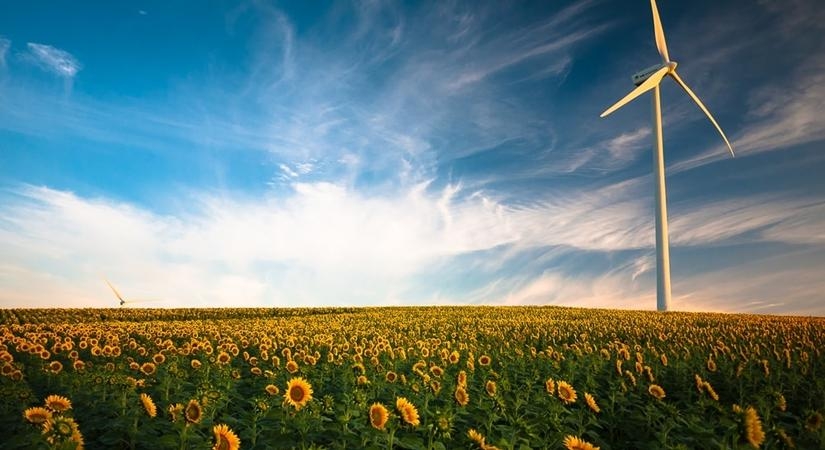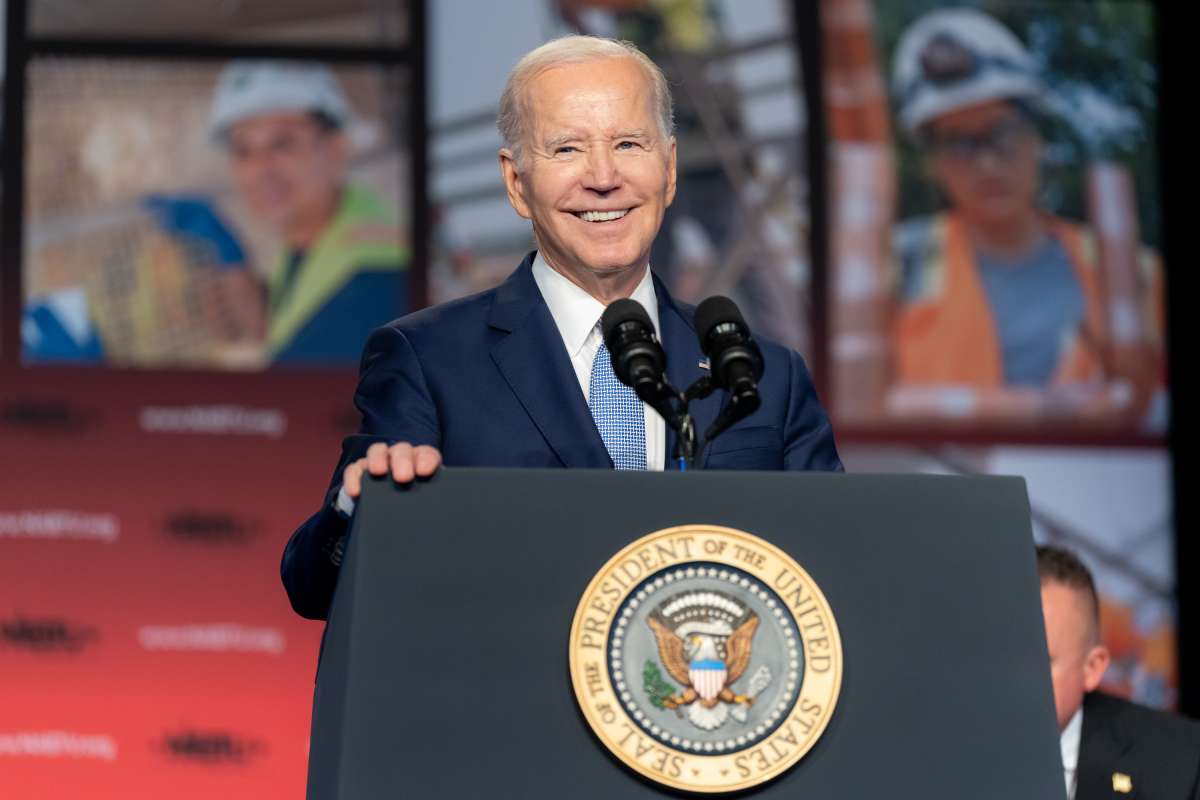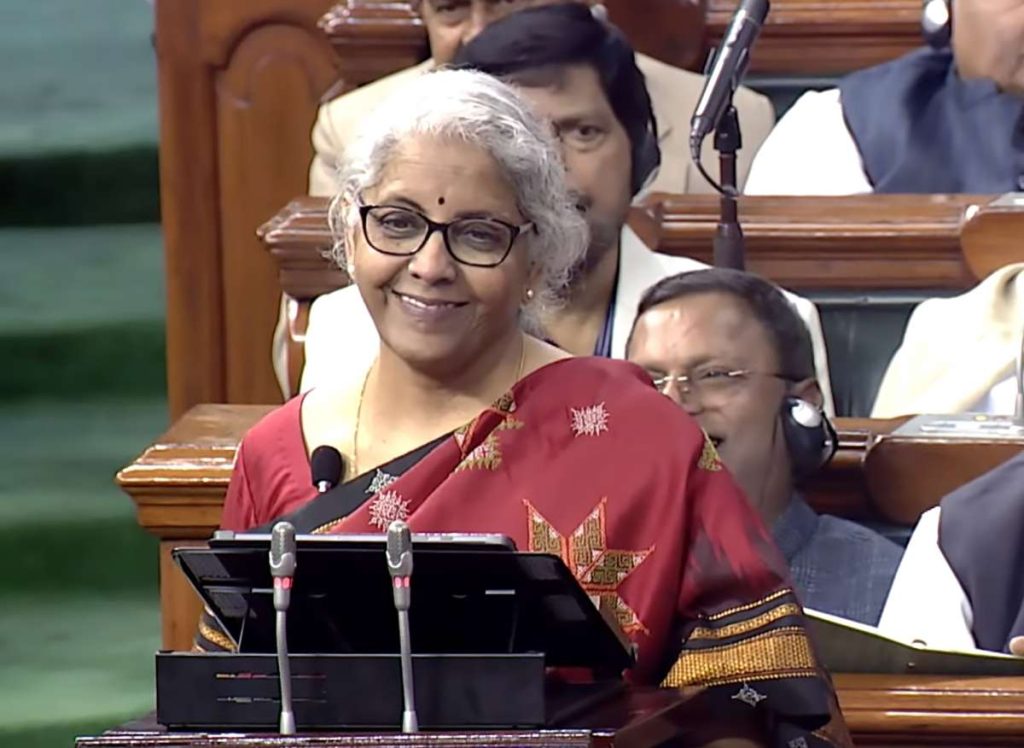Pavegen is planning to plant 1000 mangrove trees around the UAE to highlight the importance of sustainable development and environmental conservation in the fight against climate change…reports Asian Lite News
Pavegen, renowned for its fascinating technology that coverts human footsteps to renewable, made headlines by planting 279 mangrove plants during the third day of the World Future Energy Summit. Hosted by Masdar at ADNEC from April 16th to 18th, 2024, the summit provided the perfect platform for Pavegen’s innovative interactive installation. This initiative seamlessly converts human movement into a tangible means for mangrove tree planting, exemplifying the fusion of sustainability and cutting-edge technology.
Pavegen is planning to plant 1000 mangrove trees around the UAE to highlight the importance of sustainable development and environmental conservation in the fight against climate change.
Laurence Kemball-Cook, CEO of Pavegen, told the Emirates News Agency (WAM) that:’’As attendees walk over Pavegen’s tiles, their movements are converted into energy. The energy is used to illuminate LED lights, with a display providing real-time feedback on the real amount of energy generated. For this edition of the World Future Energy Summit, the footsteps and subsequent energy produced will be tied to an environmental cause – planting mangrove trees in the UAE. This will provide a tangible sense of the impact of each participant’s contribution.’’
This initiative is part of Pavegen’s broader mission to blend technological innovation with environmental stewardship, offering solutions that empower communities and promote sustainability. By focusing on smart energy generation and ecosystem conservation, Pavegen is paving the way towards a more sustainable future.

The mangrove planting initiative is part of the UAE’s Climate Change Strategy with a goal of planting 100 million mangrove trees by 2030 to achieve climate neutrality. Mangroves are critically important to many tropical and sub-tropical ecosystems, providing habitat for thousands of species, stabilising shorelines, preventing erosion, and protecting land from waves and storms. Their unique ability to absorb and capture carbon makes them a vital component in the fight against climate change.
‘’Our installation is more than a technological demonstration – it’s a call to action, inviting everyone to take a step towards improving our planet’s future,” he added.
This initiative is part of Pavegen’s broader mission to blend technological innovation with environmental stewardship, offering solutions that empower communities and promote sustainability. By focusing on smart energy generation and ecosystem conservation, Pavegen is paving the way towards a more sustainable future.
ALSO READ : Dubai Municipality bags top environment award









